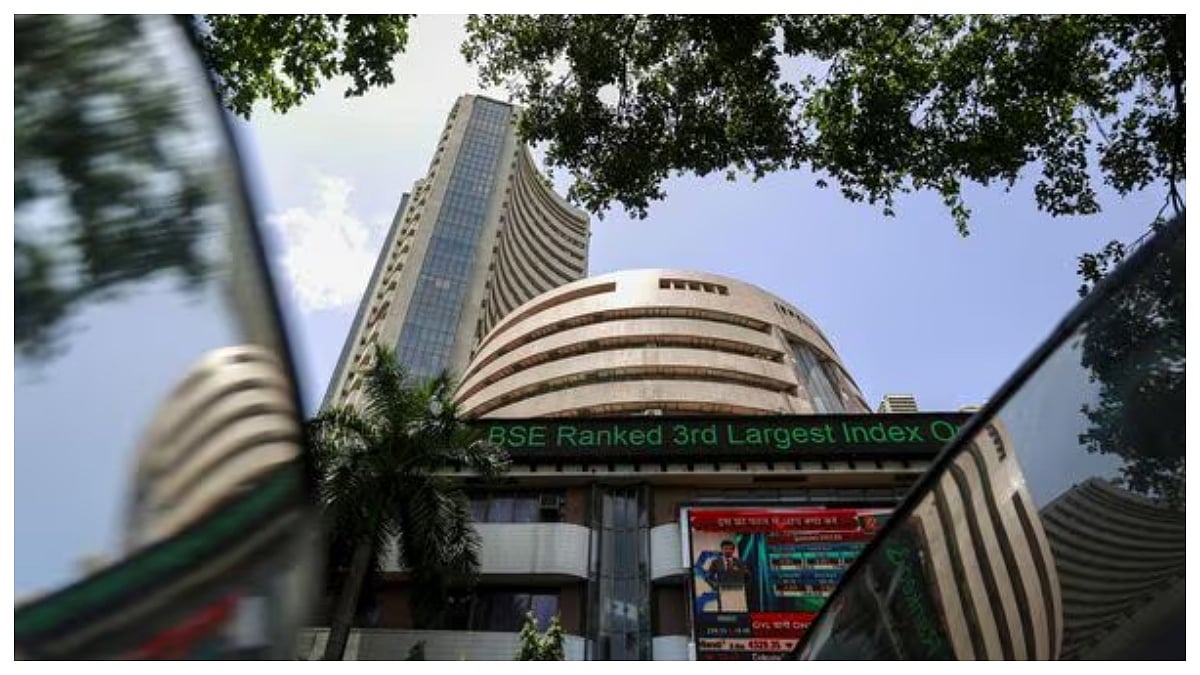Union Cabinet on Wednesday approved nine structural reforms and five process reforms in the telecom sector. Briefing media about the reforms, Union Minister for Communications Ashwini Vaishnaw said these reforms will change the framework of the entire telecom sector. "They will deepen and broaden the industry," he said.
"Prime Minister Narendra Modi took a bold decision over AGR (adjusted gross revenue) today. A decision has been taken to rationalise the definition of AGR. All non-telecom revenue will be taken out of AGR," the minister informed. He further informed the cabinet meeting, it was decided that penalty on payment of licence fees, spectrum user charges and all kinds of charges have been completely scrapped.
"There was a regime of heavy interest, penalty and interest on penalty on payment of licence fees, spectrum user charges and all kinds of charges. It has been rationalised today. Annual compounding (of interest) will be done instead of monthly compounding," said the minister. "A reasonable interest rate of Marginal Cost of Funds based Lending Rate (MCLR) plus 2 per cent interest rate has been offered and the penalty has been completely scrapped," he added.
Vaishnaw said the move will pave way for large-scale investments in the telecom sector. "Investment means employment - more the investment, more the employment," he stated.
Industry reacts
Lt. Gen. Dr. S.P. Kochhar, Director-General, COAI
We welcome the Government’s bold and forward-looking decision on the much-needed reforms for the telecom sector. We thank the Hon’ble Prime Minister for recognizing the telecom industry as a critical infrastructure, which has played a vital role for the growth of the economy during this pandemic. The decision announced by the Hon’ble Minister of Communications is an indication of the Government’s intent for the much-needed structural reforms in the telecommunications sector, in scripting the success of Digital India and in accelerating the journey to meet Digital India goals which will ultimately deliver ample benefit to the individual consumers. These steps would go a long way in relieving the financial stress the sector is facing, boosting investments, encouraging healthy competition and in offering choice to customers. The announcement is aligned with the telecom industry’s long-standing asks.
Sanjay Aggarwal, President, PHDCCI
The announcement made by the government under production-linked incentive (PLI) scheme for automobile and auto component is a great step forward for promoting the sector. This would expand India's domestic manufacturing capacity and export growth trajectory.
The scheme will now provide a greater emphasis on technologically innovative auto components, such as automatic transmission, sensors, tyre pressure monitoring systems, battery electric vehicles, and hydrogen cells, among others, which will help exporters, become more integrated into global value chains.
It would also encourage businesses to invest in cutting-edge technologies and products that will help India gain a foothold in the global marketplace. Further, this scheme will improve the sector's competitiveness and propel it to the next level of development.
Sabyasachi Majumdar, Senior Vice President & Group Head - Corporate Ratings, ICRA Limited
This package by the government is likely to bring about a much needed relief for the stressed sector. As per ICRA’s assessment, the moratorium on AGR dues provides annual cash flow breather of around Rs. 14,000 crore for the industry while the moratorium on spectrum dues gives another Rs. 32,000 crore of annual cash flow relief for the industry as a whole. Further, a moratorium of 4 years gives enough time for industry to carry out fundamental improvements by way of increasing tariffs, which is critical from the industry perspective. Other measures like rationalising of the AGR definition prospectively is EBITDA accretive and a reduction in SUC on spectrum sharing eases the sharing and cash flows to some extent. Further, elongation of spectrum allotment for a period of 30 years and a calendar for spectrum auction is also a positive for the industry.
Akshat Jain, Partner, J Sagar Associates
The package announced by the Government aims to usher in structural reforms by infusing investor confidence and provide flexibility to telecom operators with respect to spectrum sharing, surrendering spectrum usage rights etc. One of the key announcements is allowing 100 percent FDI in the sector which was limited only to 49 percent from the automatic route. The other significant announcement is to have certainty for auctions in the sector which are slated to be conducted mostly in the last quarter of a financial year. These measure will certainly provide better planning by operators.
However, the liability to pay AGR dues continues. The deferment for AGR dues cannot be construed as waiver since the package only envisages a moratorium of four years on such AGR dues from 1st October 2021 (appointed date) with the interest and penalties accruing for such deferral. On other issues such as spectrum payments, bank guarantees etc., the relief appears to be prospective in nature. While this will temporarily provide some relief, it does not essentially alleviate the already bleeding balance sheets of the telecom operators since the dues will ultimately have to be paid with interest. It will be interesting to see whether these measures promote competition in the sector and achieve the desired objectives.
Vipula Sharma, Director - Ratings and Head - Infrastructure Ratings
The Cabinet, in its meeting today, has approved a slew of reforms providing a much-needed breather to the telecom sector. The biggest relief has come in the form of redefining the AGR which will now exclude all the non-telecom revenue and extending a moratorium of 4 year on the government dues. This will immediately ease out the stress on the cash flows of the telcos to a great extent especially Vodafone Idea Ltd (VIL).
The telcos were to pay the first instalment of AGR dues in March 2021 and spectrum payments were also supposed to start from April 2022 onwards. VIL had to shell out an amount in the range of Rs. 8000-9000 crore towards the AGR payments by 31 March 2022 and an amount in excess of Rs. 15000 crores during FY23 towards the spectrum payments. The moratorium will help the company in conserving the liquidity which in turn can be used for debt repayments and capex requirements. The telcos, however, will have to pay an interest of MCLR+2 percent during the period of the moratorium.
In addition, the announced measures including the abolishment of penalties on license fee and spectrum usage charges, annual compounding of interest rates in place of monthly compounding and rationalising the interest rates to MCLR+2 percent on these dues, increasing the spectrum payments tenure to 30 years (from 20 years) and option to surrender additional spectrum after a lock-in period of 10 years will improve the viability of the sector.
While all these reforms are definitely a step in the right direction, the woes of the sector will be solved only if there is an increase in the tariffs as well. Unless the ARPUs move closer to Rs.200 levels, it will be difficult for the telcos to generate any meaningful returns. Therefore, the next step for the government should be to sort out the long-pending floor tariffs matter and establish a healthy tariff regime in the sector.
Swapnik Jakkampudi, Co-Founder, Skye Air Mobility
At a time when many industries, from hospitality and tourism to retail shopping have come to a standstill and job losses on a rise, Drone sector is one such sector that has been consistently picking up and creating jobs. Drone sales and popularity have continued to increase in India with the support of the liberalised rules. Application of drones will soon cuts across various sectors construction, delivery, law enforcement, media and entertainment, precision agriculture, surveying and mapping, and inspection and monitoring.
Not just commercial but today various examples of drones in development projects show the possibilities of using them in the field of humanitarian aid and environmental protection. The PLI scheme along with the liberalised drone rules, 2021 issued by the government on August 25, 2021 will help realise this growth potential. Being in the industry it's a wonderful moment with the highs of the PLI scheme. It's a confidence booster to a start-up like Skye Air. The sector will take wings literally!








